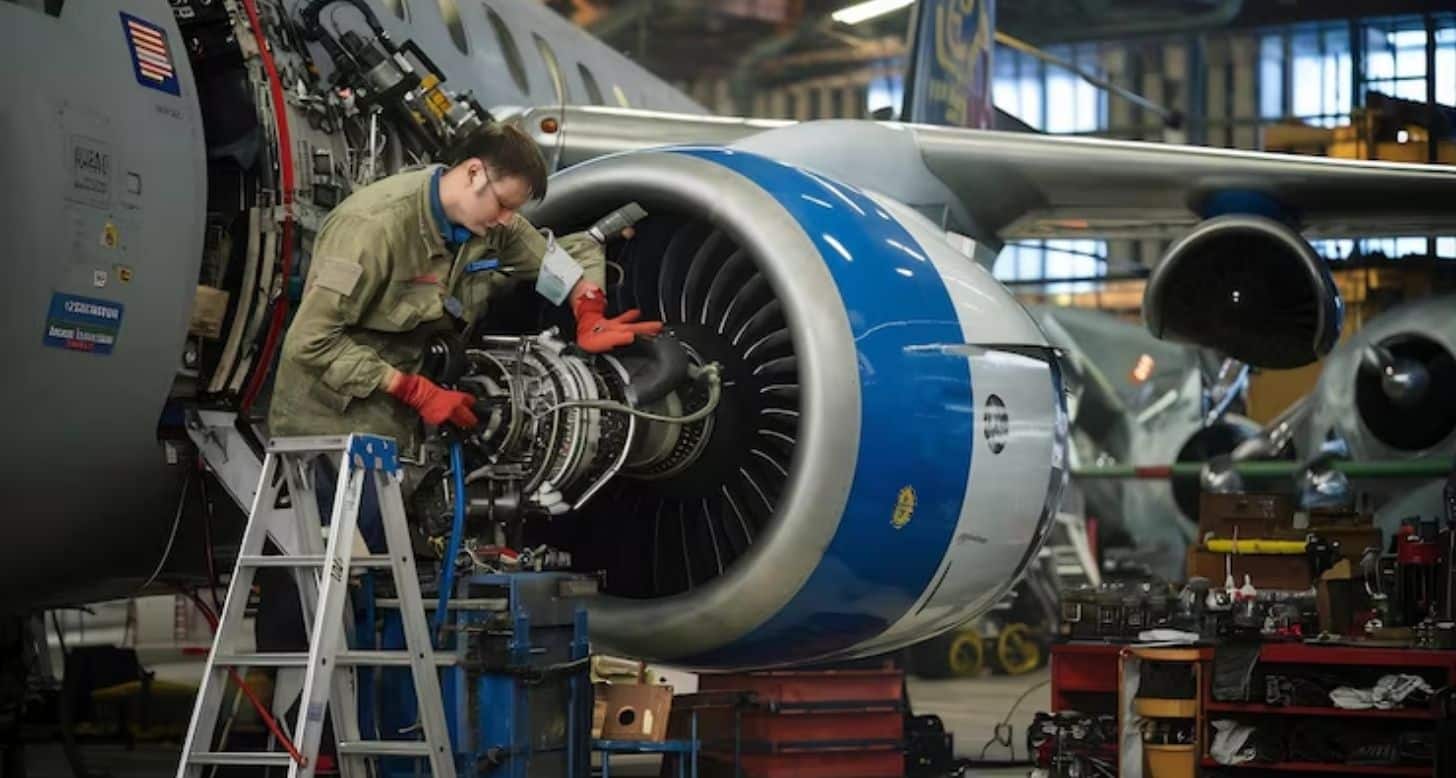
Vehicle Networking Industry Insights: A Comprehensive Technical Overview
The vehicle networking industry has witnessed remarkable growth in recent years, driven by the increasing demand for connectivity and the need for advanced safety features. With the emergence of smart cars, the focus has shifted towards developing robust and reliable networks supporting various advanced applications.









